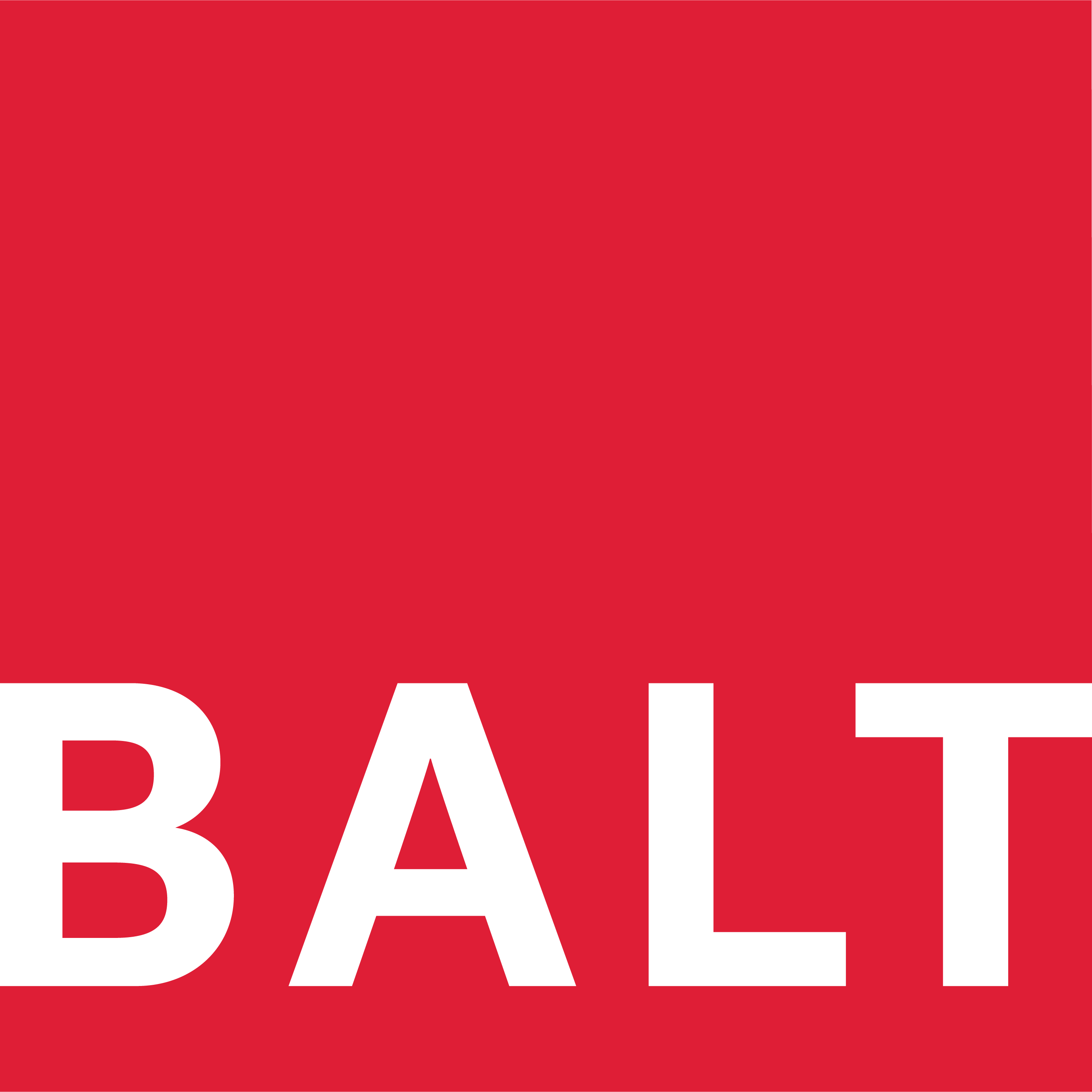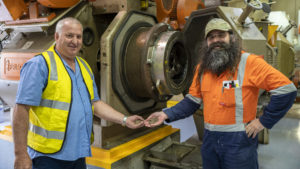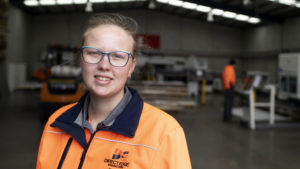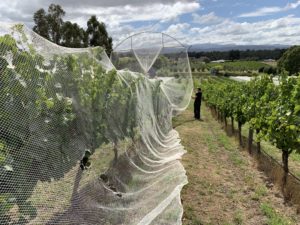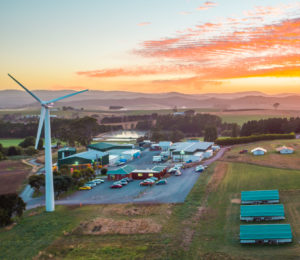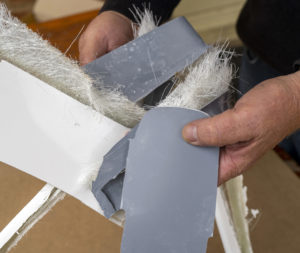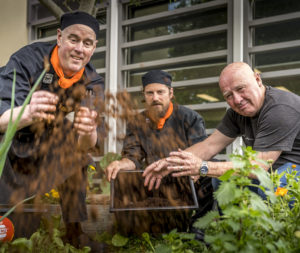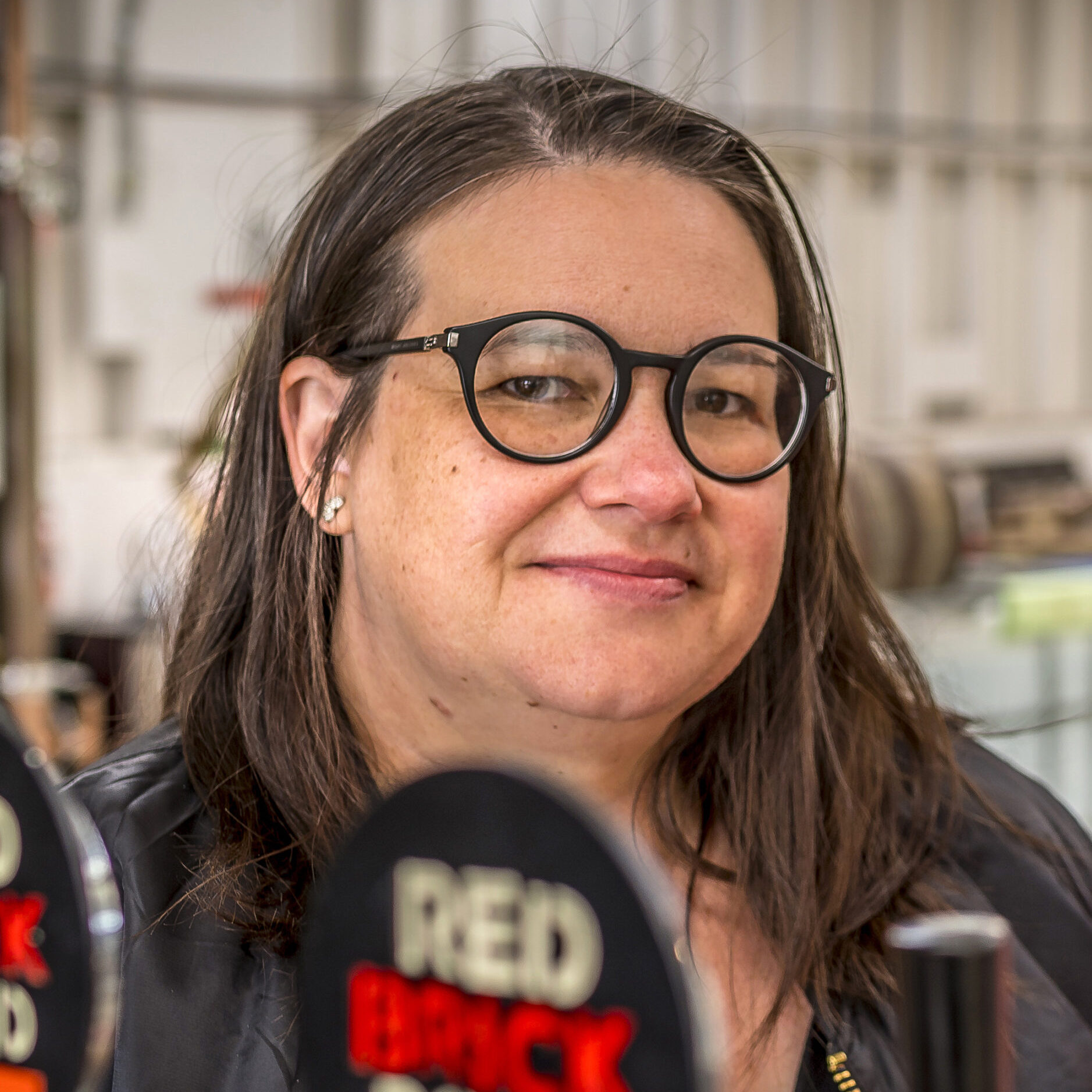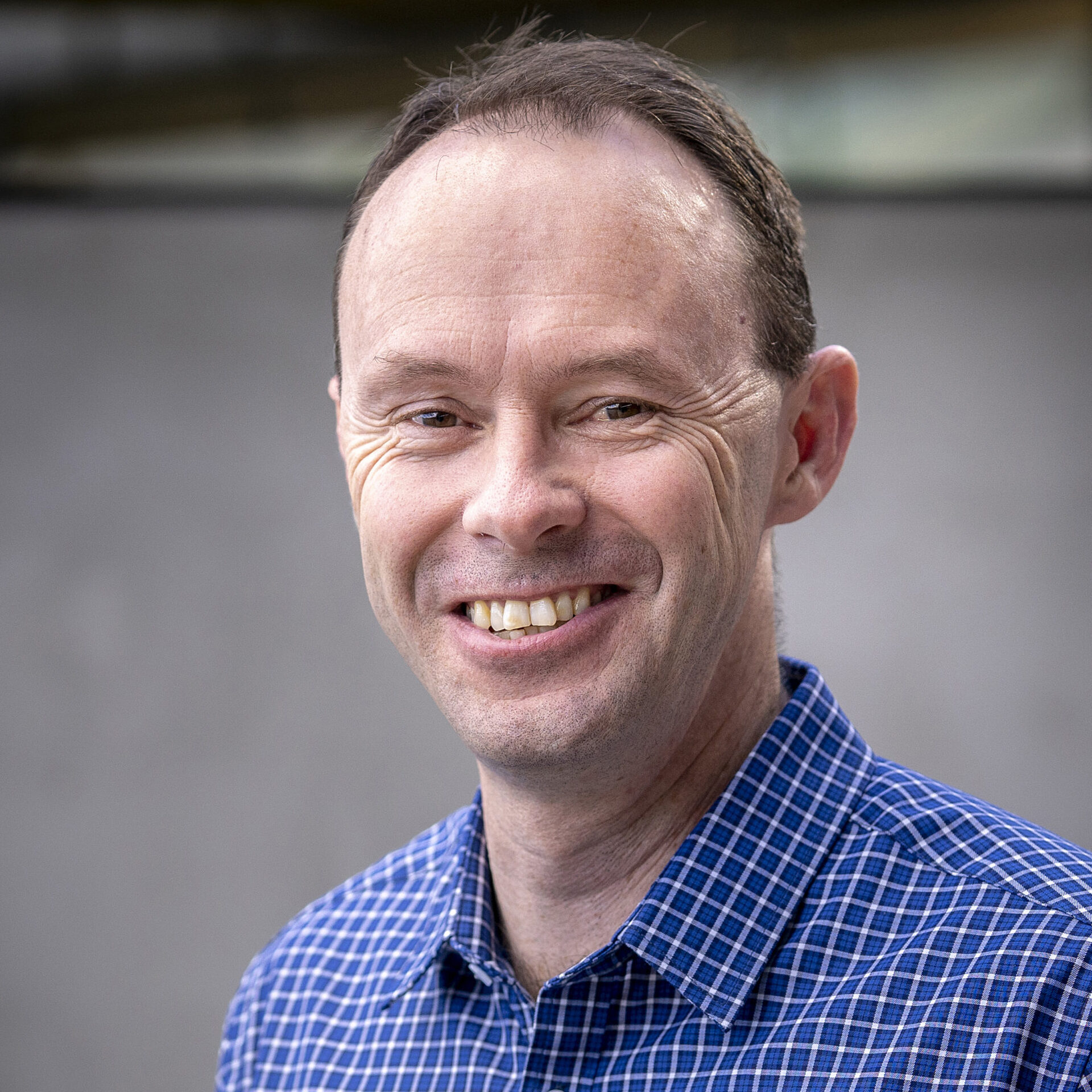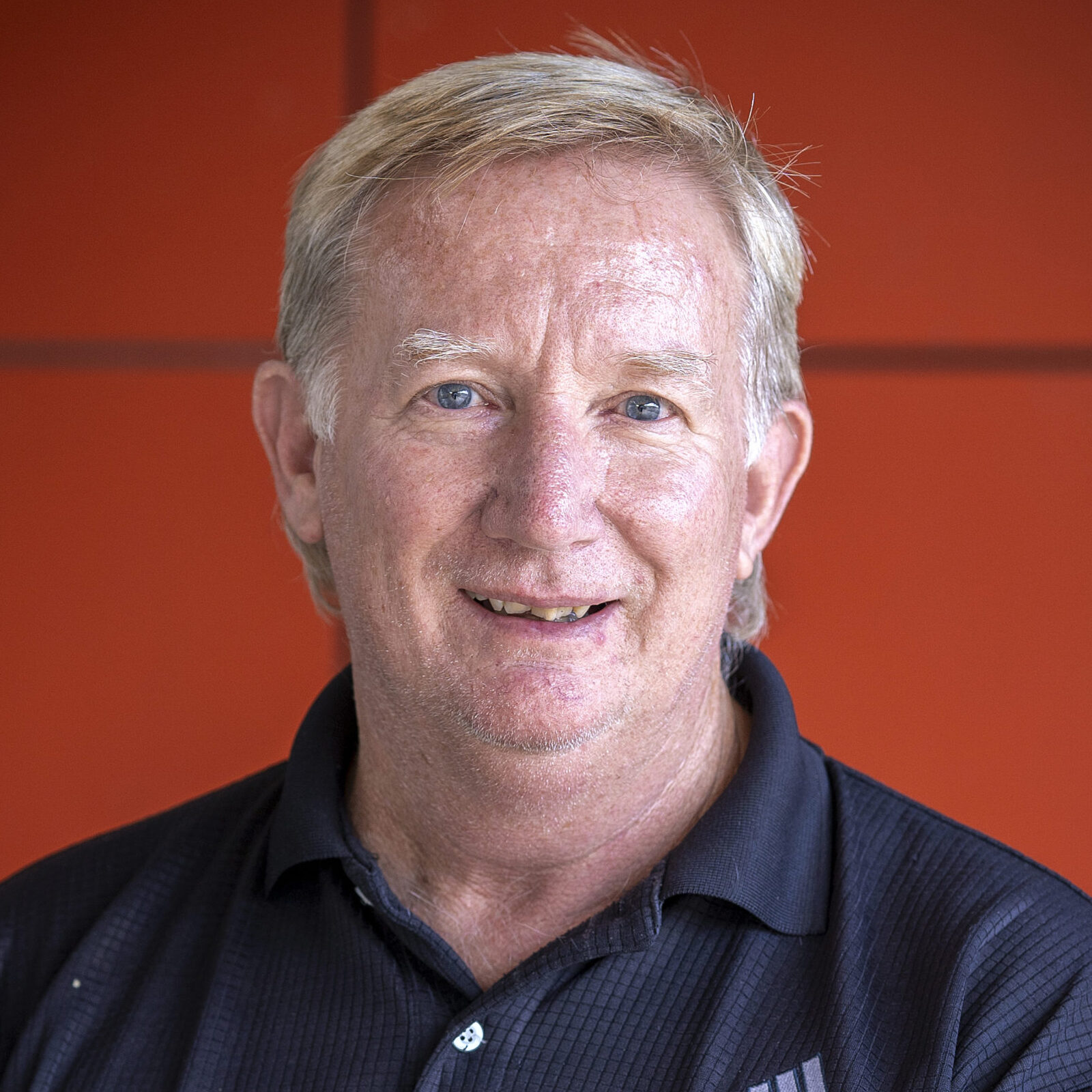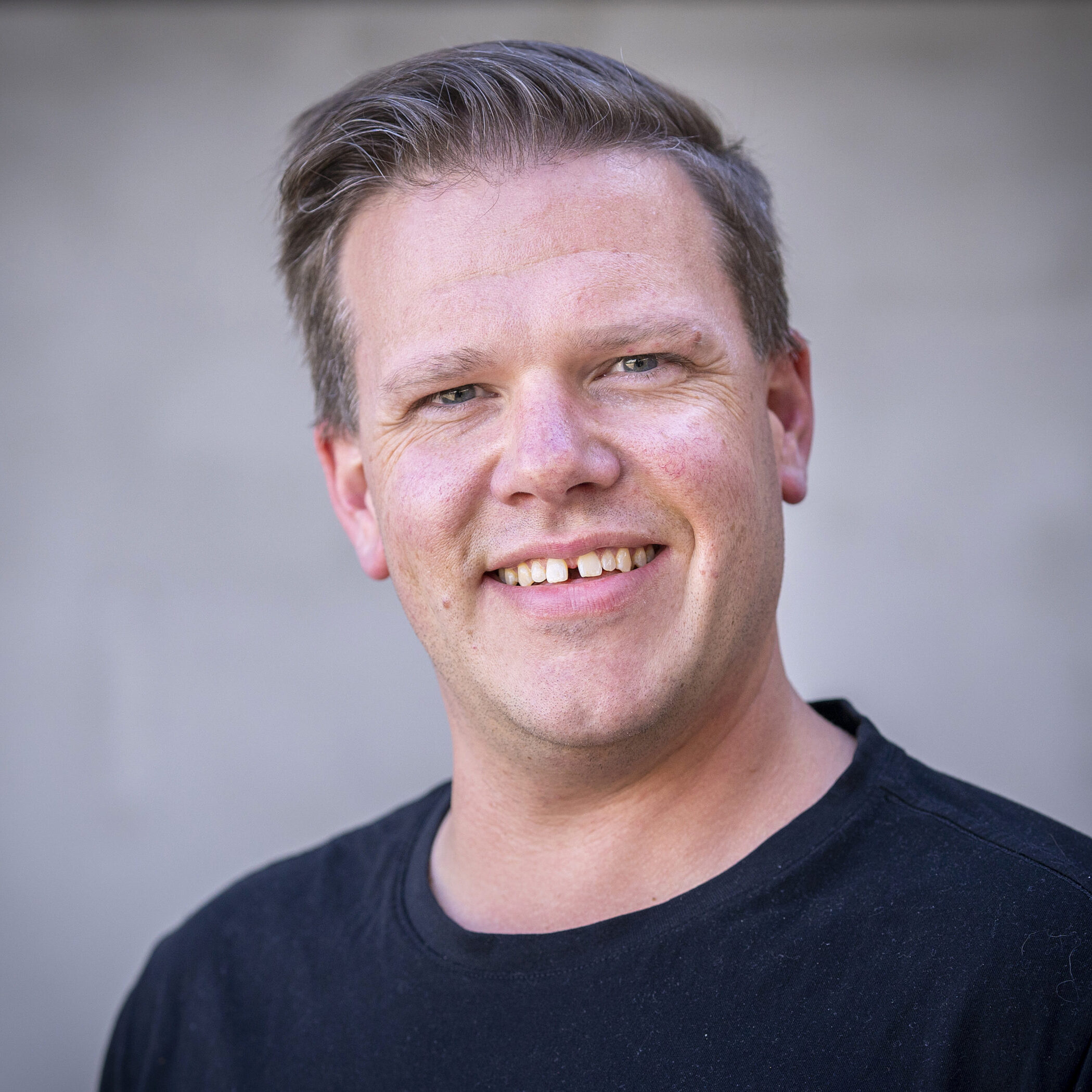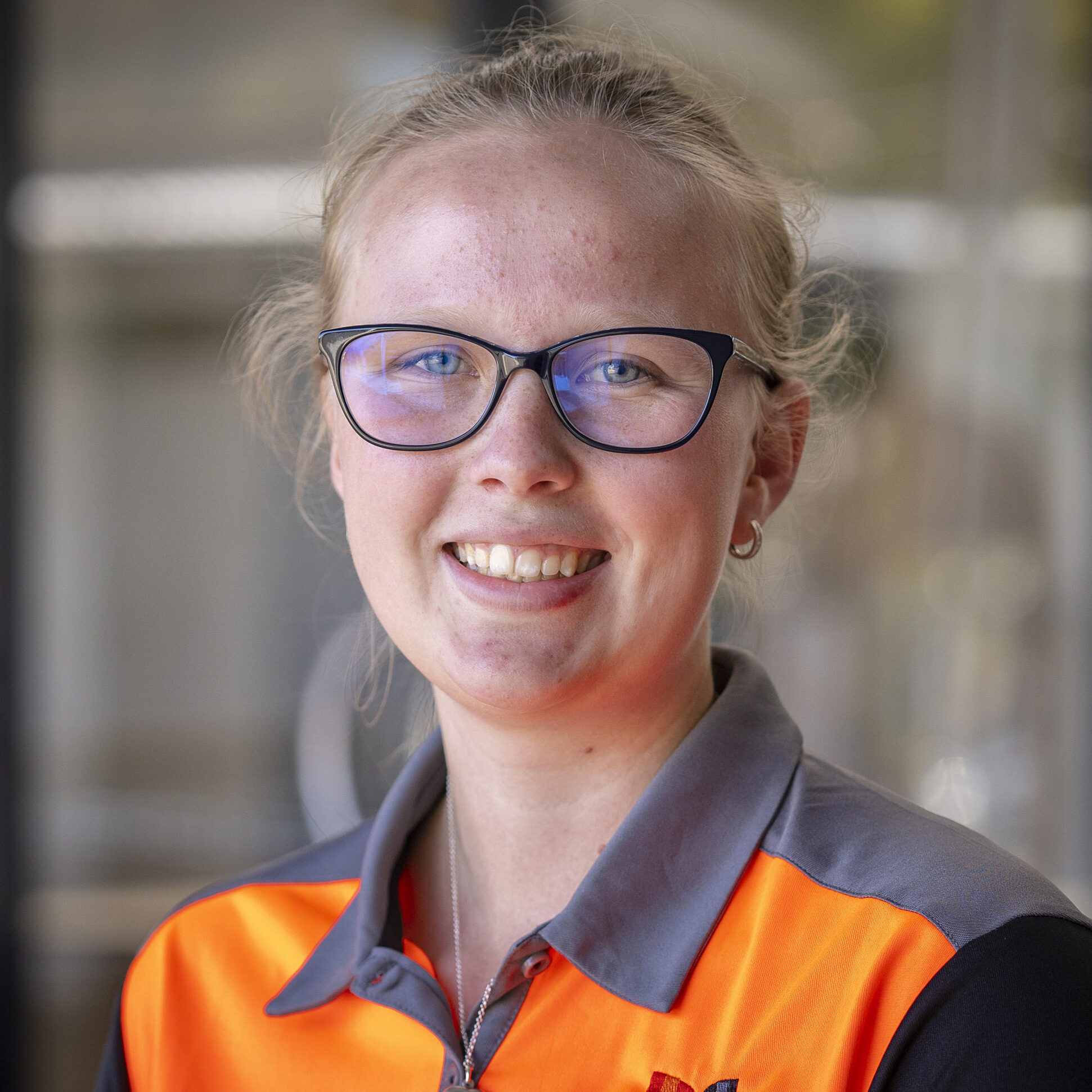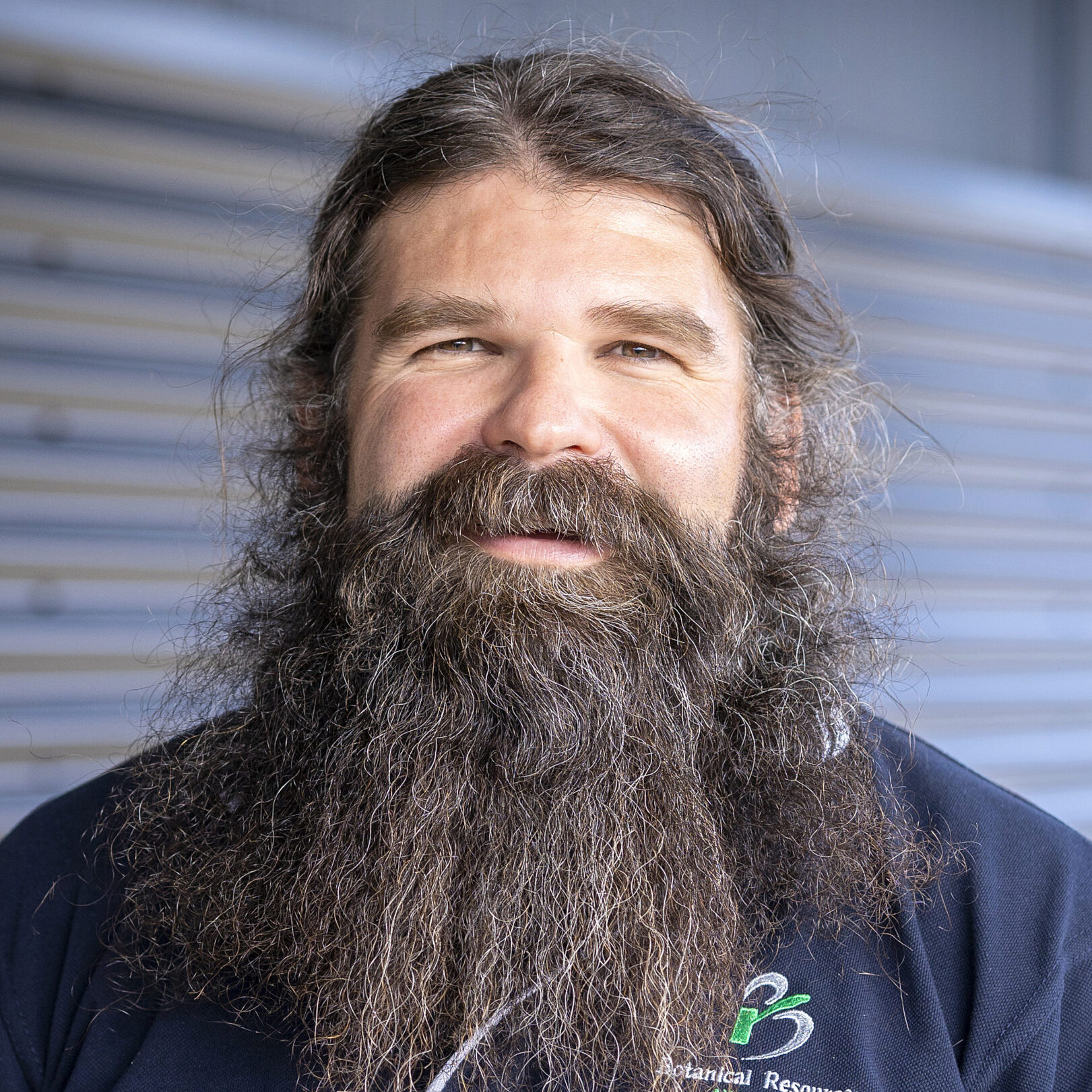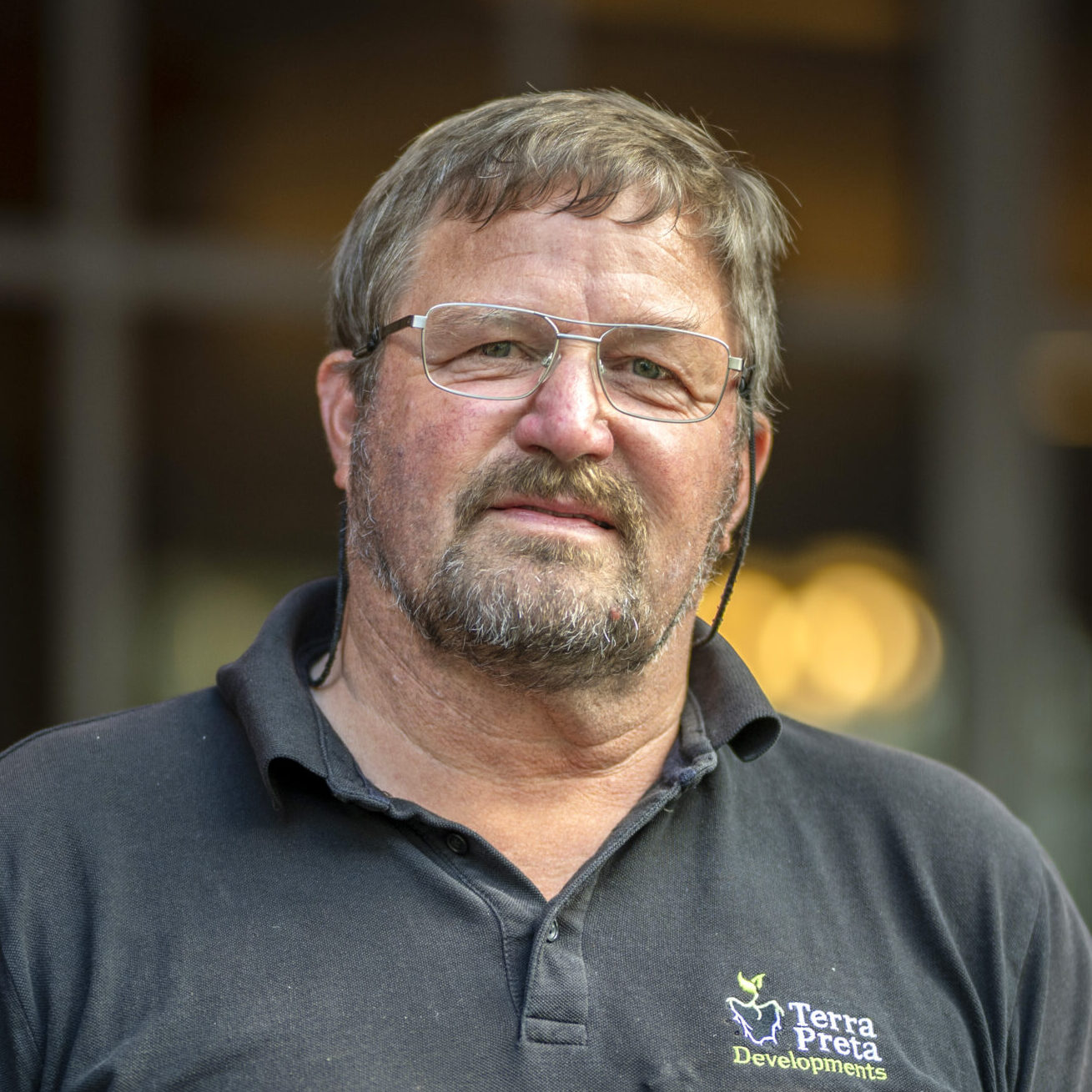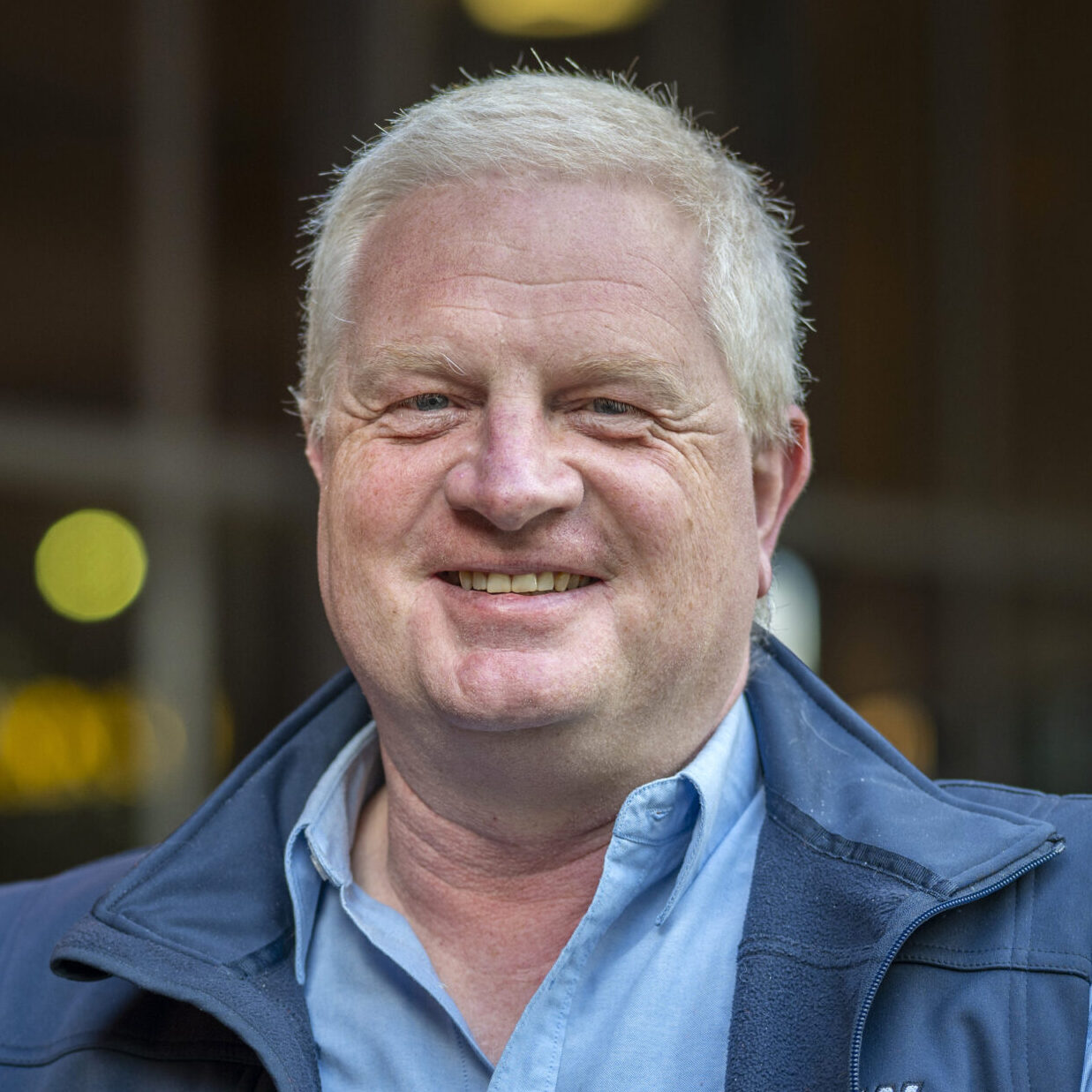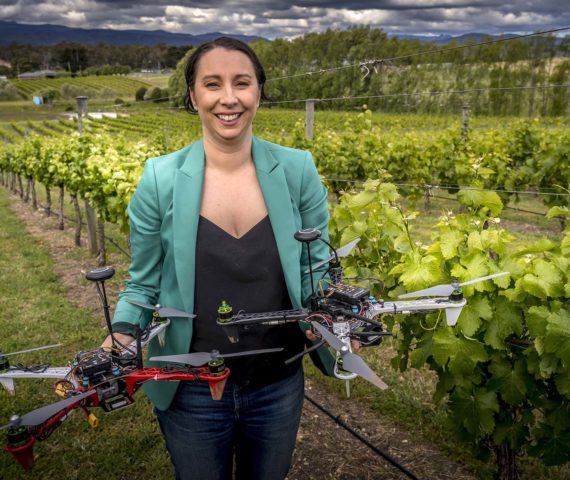
Fiona Turner from Jinglers Creek Vineyard designed a drone swarm service as a substitute for plastic nets, to deter birds from ripening fruit.
Principles of sustainable design
Sustainable design principles invite us to rethink the perceived value of a product or service and consider the social, environmental and economic impacts of our design choices. Resources are used thoughtfully and efficiently and retain their value across the product/service lifecycle. This is referred to as ‘eco-design’ or ‘eco-value’.
This page provides a brief summary of a selection of sustainable design tools and principles, which can be applied to products and services to increase resource efficiency.
You can learn more about designing for the circular economy in the Ellen Macarthur Foundation Learning Hub: https://www.ellenmacarthurfoundation.org/explore/circular-design.
The Hannover Principles
In 1992, McDonough and Braungart prepared a series of sustainable design principles for the City of Hannover in Germany, to inform the design of Expo 2000, The World’s Fair.
These nine principles form a living document and underpin many of the sustainable design strategies presented here.
Learn more at: https://mcdonough.com/writings/the-hannover-principles/.
“The Hannover Principles should be seen as a living document committed to the transformation and growth in the understanding of our interdependence with nature, so that they may adapt as our knowledge of the world evolves.”
– McDonough & Braungart
The Hannover Principles
- Insist on rights of humanity and nature to co-exist in a healthy, supportive, diverse and sustainable condition.
- Recognize interdependence. The elements of human design interact with and depend upon the natural world, with broad and diverse implications at every scale. Expand design considerations to recognizing even distant effects.
- Respect relationships between spirit and matter. Consider all aspects of human settlement including community, dwelling, industry and trade in terms of existing and evolving connections between spiritual and material consciousness.
- Accept responsibility for the consequences of design decisions upon human well-being, the viability of natural systems and their right to co-exist.
- Create safe objects of long-term value. Do not burden future generations with requirements for maintenance or vigilant administration of potential danger due to the careless creation of products, processes or standards.
- Eliminate the concept of waste. Evaluate and optimize the full life-cycle of products and processes, to approach the state of natural systems, in which there is no waste.
- Rely on natural energy flows. Human designs should, like the living world, derive their creative forces from perpetual solar income. Incorporate this energy efficiently and safely for responsible use.
- Understand the limitations of design. No human creation lasts forever and design does not solve all problems. Those who create and plan should practice humility in the face of nature. Treat nature as a model and mentor, not as an inconvenience to be evaded or controlled.
- Seek constant improvement by the sharing of knowledge. Encourage direct and open communication between colleagues, patrons, manufacturers and users to link long term sustainable considerations with ethical responsibility, and re-establish the integral relationship between natural processes and human activity.
Lifecycle Assessment (LCA)
Life Cycle Assessment (LCA) considers the inputs and outputs at each stage of a product’s lifecycle; from extraction of raw material to end-of-life disposal.
LCA assesses environmental impacts, including natural resource usage, waste to landfill, land disturbance, impacts on flora and fauna, and greenhouse gas emissions.
Impacts are estimated, based on large data sets, and are represented in flowcharts, where higher impacts are indicated by thicker flow lines. Various scenarios for materials, processes and end-of-life can be compared to inform product/service design. There are a range of software solutions available for LCA.
For more information about Life Cycle thinking visit the Life Cycle Initiative https://www.lifecycleinitiative.org/starting-life-cycle-thinking/.
For more information about software solutions visit the Lifecycles website https://www.lifecycles.com.au/software.
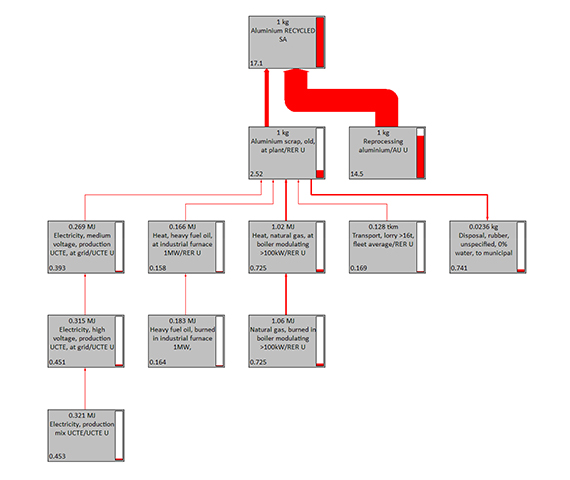
A lifecycle assessment flowchart illustrating impacts at lifecycle stages in the production of recycled aluminium.
Cradle to Cradle (C2C)
Cradle-to-Cradle (C2C) originates from McDonough and Braungart’s book, Cradle-to-Cradle: Remaking the way we make things, first published in 2002. It is an alternative to the linear ‘cradle-to-grave’ product lifecycle and is commonly understood as ‘closed loop’ manufacturing.
Products are reclaimed and returned to the production system to produce the same or higher quality products. This is called ‘up-cycling’ – as opposed to ‘down-cycling’, where secondary products are of lower value.
The underpinning philosophy of C2C challenges the designer to go further. Beyond being “less bad”, it asks us to “figure out how to be good”; designing products and processes that enhance the natural environment, generating nutritious food for biological systems or refining and improving technical systems, across the entire product lifecycle.
For more information about Cradle-to-Cradle, visit https://mcdonough.com/cradle-to-cradle/.
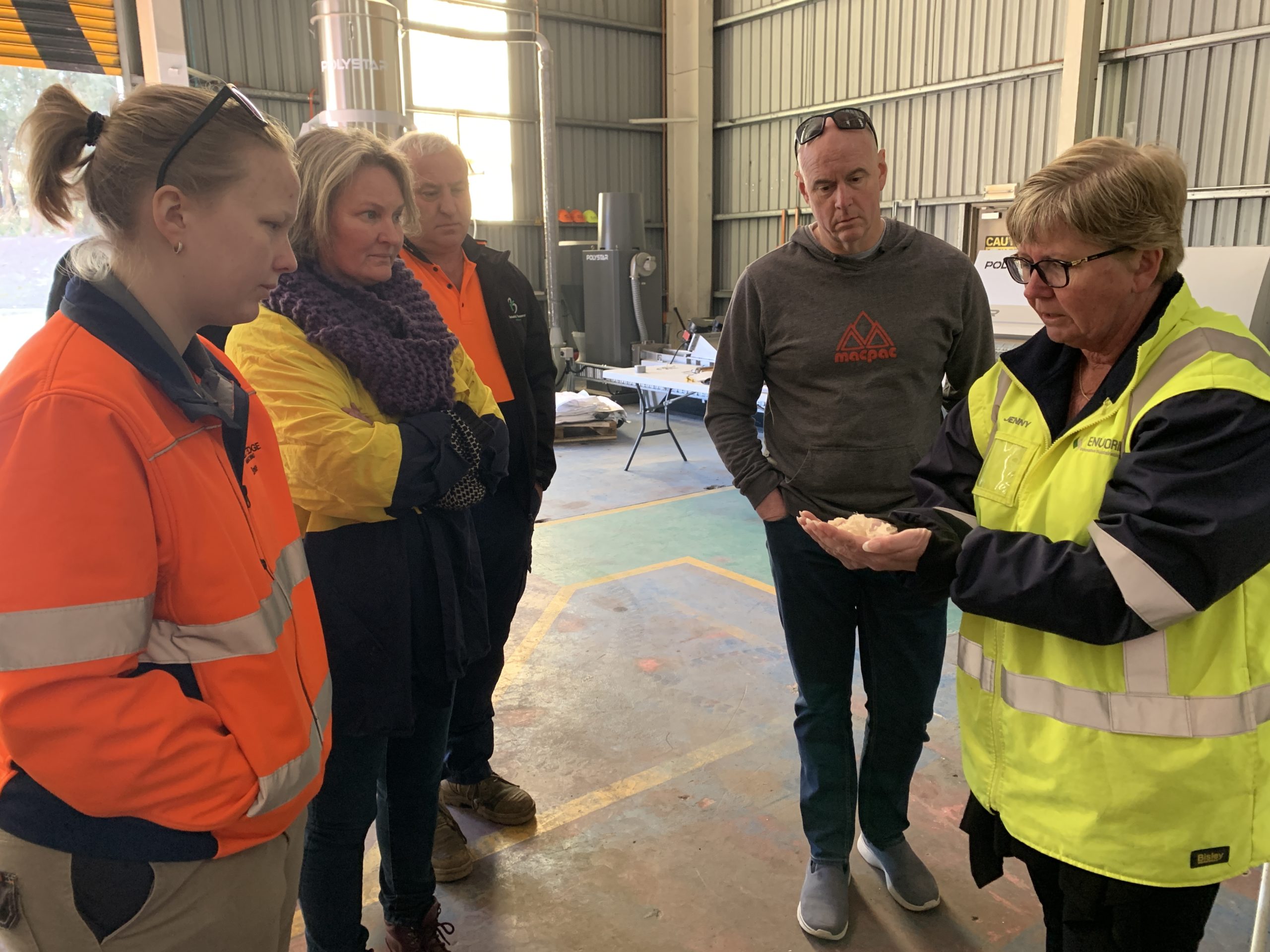
Envorinex in George Town has ‘closed the loop’ on soft plastics recycling. Waste film is collected from local farms and recycled into pellets, which are exported for manufacture back into plastic film.
Dematerialisation
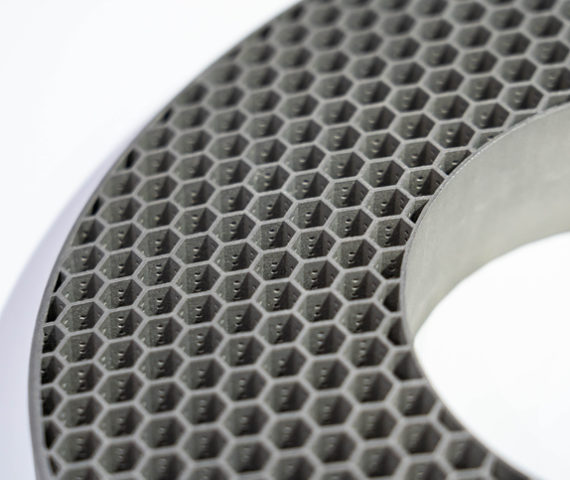
Honeycomb structures have the highest weight to strength ratio and can be applied, when designing components, to reduce the amount of material required.
When approaching any design problem, we first ask ourselves if we can deliver value without materials. For example, sending an email instead of posting advertising materials.
In product design, use of specific features and approaches can reduce material use; for example, ‘honeycomb’ structures reduce material mass while optimising strength and endurance.
Manufacturing processes can be designed to eliminate material waste. For example, additive manufacturing adds material as needed, eliminating ‘offcuts’ and trim associated with ‘subtractive’ manufacturing processes.
Ultimately, we design out any material that is not adding value for the user. This requires us to understand clearly the purpose and context of product use and optimal threshold for product failure.
Substitution
Usually the first step in improving resource efficiency and participating in the circular economy involves analysing the materials used to manufacture a product or deliver a service to identify opportunities for substitution with more sustainable alternatives. In particular, replacing virgin materials with recycled or recyclable materials and seeking local sources for imported product.
A physical product may be entirely substituted with a service (see Servitisation) or ‘collaborative consumption’; for example, sharing a forklift with neighbouring businesses or hiring equipment, as needed. Sharing resources is a great way to design redundancy out of production systems and reduce fixed costs of owning and maintaining equipment.
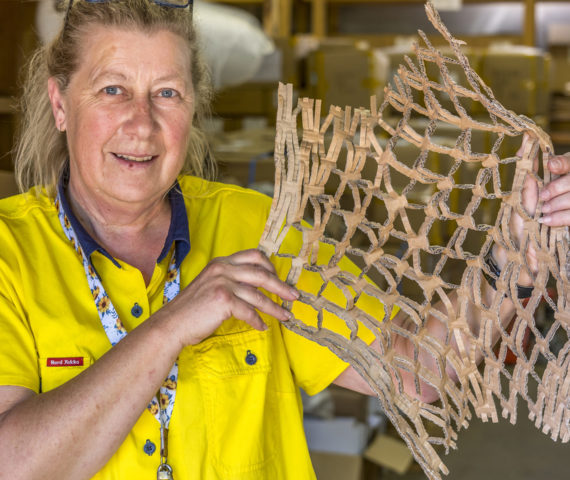
Bridestowe Lavender substituted perforated ‘waste’ cardboard for single-use plastic bubblewrap in their packaging.
Design for Disassembly

A re-fillable floss container comprising two metal halves and a plastic spool. Source: Pensar are a design studio based in Seattle, Washington. Read their blog post on Design for Disassembly https://pensar.com/design-for-disassembly/.
Prior to the rise of cheap, single-use – or so-called ‘disposable’ – products in the 1950s, consumer products were designed to be repaired and maintained to extend their useful life for as long as possible. At end of life, components were often repurposed or refurbished for continued use.
Design for Disassembly (DfD) is a key element in developing a circular economy. A product is designed with the end in mind. Component parts are easily disassembled for repair or replacement of failed parts, and for separation into material streams for recycling at the end of its useful life.
Treatments that cannot be easily separated, such as composites, laminates, glue or paint, are avoided. Assemblies are held together by ‘snap-fits’ or removable fasteners and fixings. Sub-assemblies are used to isolate points of failure for quick-changeover of replacement parts.
Servitisation
Servitisation, or product-service systems, are more than after-sales services as a ‘value-add’ to product offerings; it relates directly to dematerialisation and requires us to assess our entire business model. By identifying the true value of products in the eyes of the customer, we can design services to deliver that value without the need for personal product ownership.
An example is leasing a colour photocopier, with a service agreement that includes consumables. The value for the customer is being able to print documents on demand; a reliable machine, with toner and paper, ready to produce copies. The manufacturer retains ownership, repairs the machine, supplies consumables, collects residual ‘waste’ materials, and replaces the machine when it is no longer usable.
Servitisation provides total stewardship of materials and components for reclaim and return to the system. It also gives the manufacturer direct feedback on customer requirements and product performance for continual improvement.
This article in @AuManufacturing by Nico Adams explains how servitisation aligns with new business models emerging from Industry 4.0. https://www.aumanufacturing.com.au/technologies-and-tools-for-a-manufacturing-transformation-how-to-approach-industry-4-0-by-nico-adams
Extending your supply chain to include after-sales services such as repairs, replacement or take-back programs provides a pathway toward servitisation. These services offer insights into product performance and customer behaviour and open up opportunities to reclaim resources and return them to the system for re-use or remanufacture into second-life products. Understanding and optimising your existing supply chain is a great first step toward designing a sustainable product-service system.
